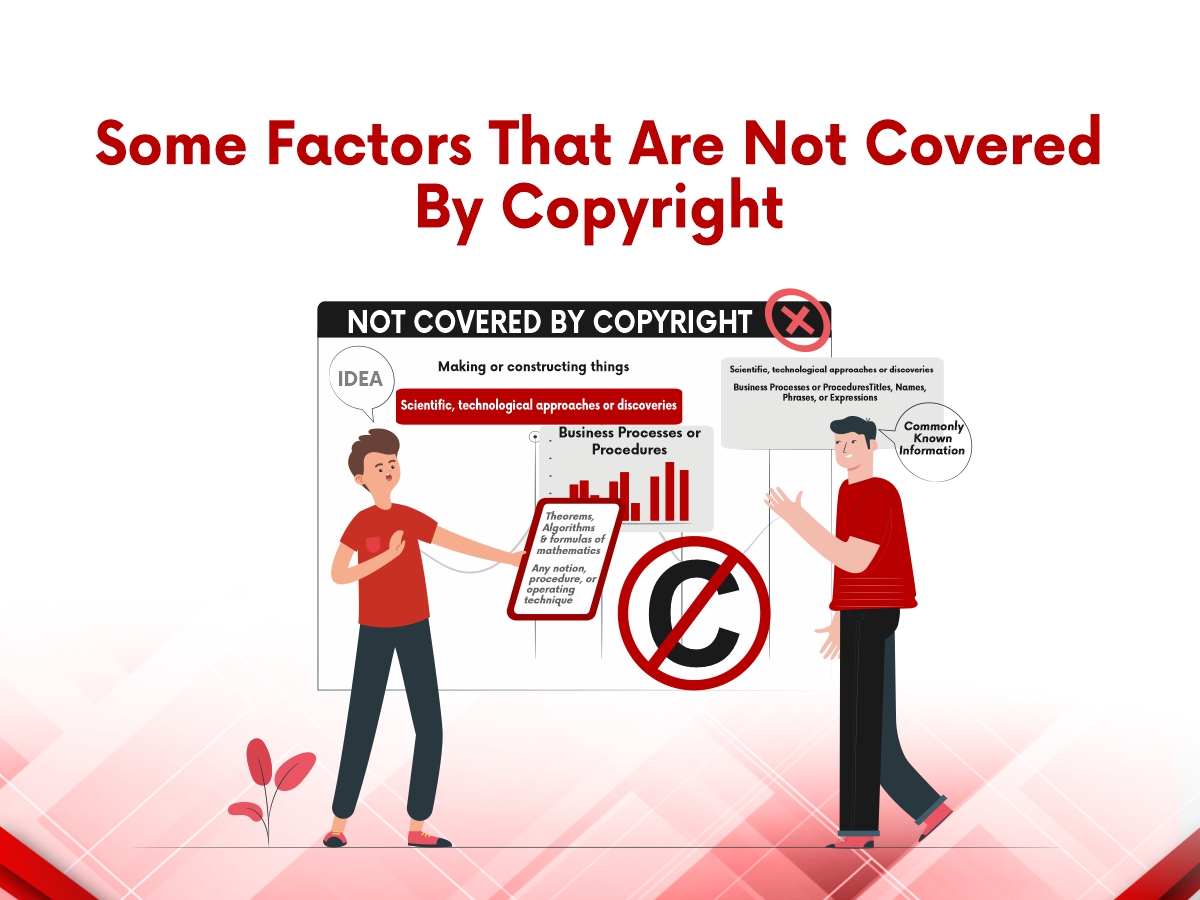
Close


Any time you (or your company) creates something tangible, think about whether you can or should seek an official registered copyright to safeguard your work.
Copyright refers to ownership of intellectual property that is:
According to the United States Copyright Office, your work is copyrighted “when it is made and in a tangible form that it is visible either directly or with the help of a machine or technology.” Registering your copyright with the government organization, on the other hand, provides you legal protection to file a lawsuit and therefore more protection.
In simple words “an original creative work must exist in physical form—that is, it must be written down or in a form that can be touched—in order to be protected under copyright laws.”
So you’ve written the next big hit song, created a catchphrase/slogan that will sell millions of copies, and even developed a dish that will put Chef to shame—but can you copyright them? Learn about the six things that you can’t copyright.
Copyright protection does not apply to ideas, techniques, or systems. Circular 2 of the US Copyright Office covers a wide range of topics, including:
Though the images in your calendar are likely to be copyrighted, the calendar itself is not. In the same way, you cannot copyright the lines on a notebook-ruled paper and for the phone companies, even telephone directories are unprotected. The reason for this is because in order to qualify for copyright protection, a work must have a certain amount of creativity, and if a work is merely a repeat of facts with no creativity, it will not be protected. This is true even if a lot of effort was put into the product, as in the case of a phone book. Other common items that fit within this category are tape measures, rulers, weight and height charts, and tables or lists obtained from public documents.
Copyright protection does not apply to choreographic works that have not been filmed or notated, whether they are original or not. The same holds true for speeches that haven’t been transcribed before or after they’ve been delivered, as well as any other sort of performance.
The Copyright Office has stated clearly that copyright protection does not apply to titles, names, slogans, or short phrases. Your name, the title of your post, or any brief phrase you use to identify a work are not protected by copyright The reason for this is that while copyright protects works of creative authorship, it does not protect how those works are identified in the marketplace, nor does it protect persons or locations. Furthermore, such brief phrases seldom reach the required level of inventiveness to be protected by copyright.
The U.S federal government is prohibited from owning copyright in its work (i.e. reports, rules, and documents) as they are placed immediately into the public domain. This is why NASA’s photos, which are highly popular on the Internet, may be freely downloaded and shared, and hence rules and legislation can be placed everywhere on the Internet. There are several reasons for this, the first of which is that the works were created with taxpayer funds, thus it is only right that they be returned to the public. It’s also a matter of freedom of expression, because the government can’t use copyright to silence critics.
Many people are surprised to learn that fashion designers’ work is not protected by copyright. Despite the fact that architecture and even marine hulls are protected under the present legislation, their designs are not. The reason for this is because fashion items are considered useful items, and only specific aspects (such as graphic, visual, or sculptural features that can be identified independently) of them are protected by copyright.
In other words, a dress pattern may be copyrightable, but the dress itself is not. Similarly, while a complex belt buckle design may qualify for protection, the belt itself does not.
Please Subscribe our news letter and get update.
© Copyright 2023 – Wissen Research All Rights Reserved.
Powered by VintageCoders